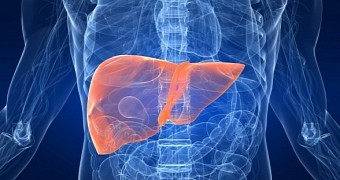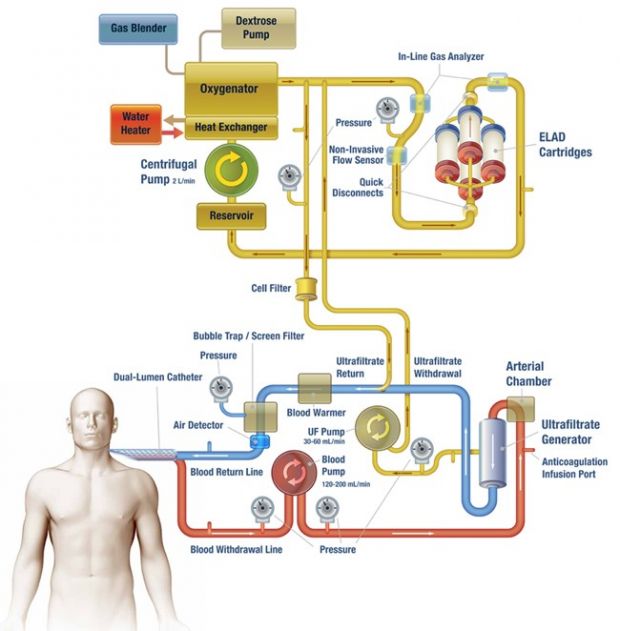Scientists at the Cedars-Sinai Medical Center in the US are now busy testing the efficiency of a so-called artificial liver said to be the brainchild of California-based biotherapeutic company Vital Therapies Inc.
The device works by taking over the liver's working agenda and doing everything a liver is supposed to do until the organ manages to recover.
The device, whose official name is the ELAD bioartificial liver system, is believed to be able to treat acute organ failure. The Cedars-Sinai Medical Center specialists testing it hope to use it to treat patients diagnosed with alcoholic hepatitis.
“The quest for a device that can fill in for the function of the liver, at least temporarily, has been underway for decades. A bioartificial liver, also known as a BAL, could potentially sustain patients with acute liver failure until their own livers self-repair,” said Steven D. Colquhoun, MD.
Furthermore, “If successful, a bioartificial liver could not only allow time for a patient’s own damaged organ to regenerate, but also promote that regeneration. In the case of chronic liver failure, it also potentially could support some patients through the long wait for a liver transplant.”
How exactly does this device work?
Information shared with the public says that this artificial liver begins its workday by pulling blood from a patient's body via a central venous line. This blood is then made to pass through four tubes that are coated with liver cells on the inside.
While running through these tubes rather than the patient's body, the blood is cleaned and treated. The end goal is to make it seem as if it was the liver itself that took care of the processing. Once refreshed, so to speak, the blood is returned to the body.
As detailed in the graphic below, this system is designed to perform all the tasks that a healthy liver carries out on a daily basis. Hence, the Cedars-Sinai Medical Center scientists and the folks behind biotherapeutic company Vital Therapies Inc. expect that it can successfully treat organ failure.
Thus, the system is argued to be well capable of regulating glucose levels, producing vital proteins and adding them to the blood, thus ensuring detoxification. Still, its efficiency is yet to be proven beyond a shadow of a doubt in clinical trials involving human patients.
Not the first system of its kind
Having an artificial system become somebody's liver for all intents and purposes, be it only for a short while, might sound a tad crazy, but it really isn't.
On the contrary, dialysis machines have for some time now been used to treat people with kidney problems, and ventricular assist devices are often implanted in people whose hearts cannot function on their own.
Simply put, the Cedars-Sinai Medical Center specialists and their colleagues are merely trying to offer similar treatment options to folks diagnosed with liver failure.
“Liver failure patients and their doctors have long been frustrated by the critical need to provide the kind of life-saving care kidney patients are afforded by dialysis,” researcher Andrew S. Klein explained.
“This important investigation we are undertaking at Cedars-Sinai is a critical step in addressing the medical emergency presented by liver failure,” he added.

 14 DAY TRIAL //
14 DAY TRIAL // 

